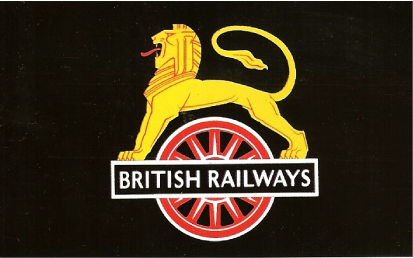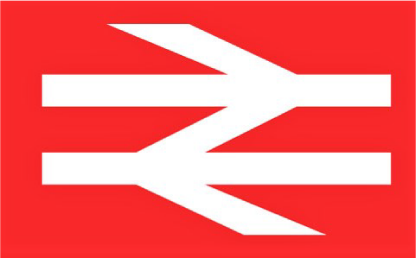EASTERN TIMES Issue 2
RRP is £12.95 NOW £9.95
In this edition we have more excellent articles from our contributors starting with the elegant ‘R’ (D20) class 4-4-0 designed by Wilson Wordsell of the North Eastern Railway, the class giving service for over 50 years. This is followed by one man’s tale of how steam lingered on well after official withdrawal dates on his local line. We all have our favourite engines for many varied reasons, the elegant lines of A3 Spearmint are recalled and the reasons why it became a favourite explained.
We then move to a more modern era and a signalman’s recollection of his working life at Broxbourne Junction in the late 70s and early 80s accompanied by excellent photographs of the trains he controlled. Then jumping to something completely different we feature Charlie, ‘The Last Shunting Horse’ who was the last of his kind to work on the railways, appropriately at Newmarket.
Moving to the capital there is a feature of how the LNER were a large part of the modernisation of the transport system needed to meet the demands of long-suffering commuters in an ever-expanding metropolis before and after the Second World War.
Most of us would have heard of renowned photographer H. C. Casserley, who would take an annual two-week holiday to travel and photograph the railway system, this usually covered a large area of the country. We follow one such trip he made in 1954 accompanied by many of the photographs taken at various locations throughout the trip, there are so many photos that we have had to split this article in two with the conclusion to appear in issue 3. Finally for this issue we head north and have a pictorial feature of West Hartlepool followed by a trip on ‘The Edinburgh Fast’.
Introduction
The Class R 4-4-0s of the North Eastern Railway
Tales of a B17 Spotter
No. 60100 Spearmint
Broxbourne Junction Signal Box
B1 at Banavie
The Last Shunting Horse
The 1935 LNER New Works Scheme
The Man from the Pru – Part 1
West Hartlepool (51C) in pictures
The Edinburgh Flyer
The Headshunt
RRP is £12.95 NOW £9.95
ISBN: 9781913251574

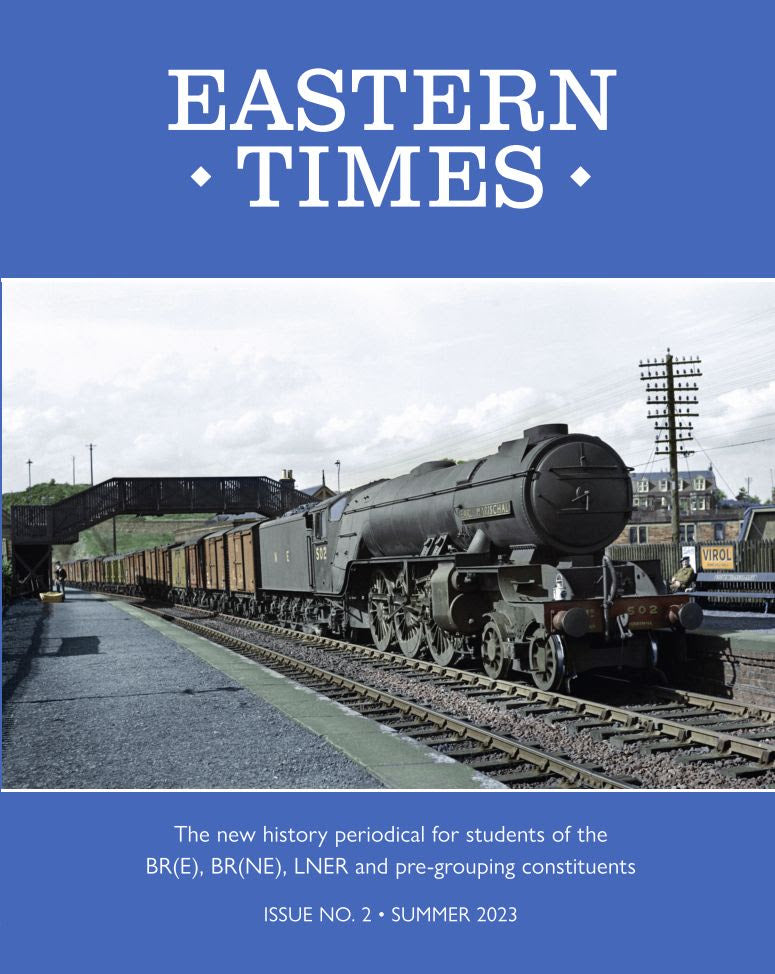


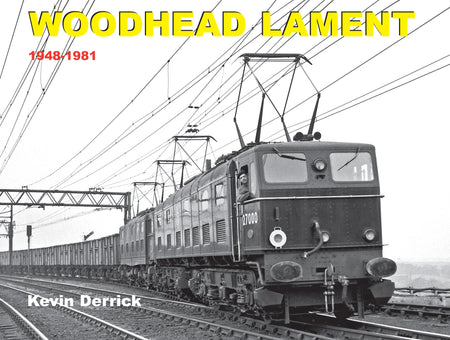
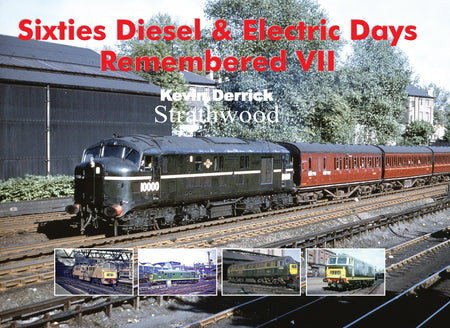


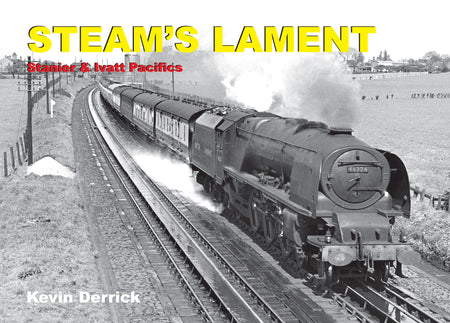


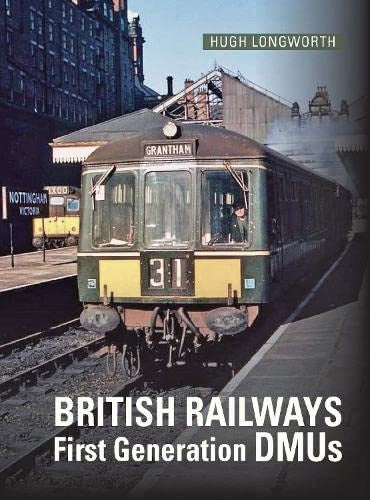

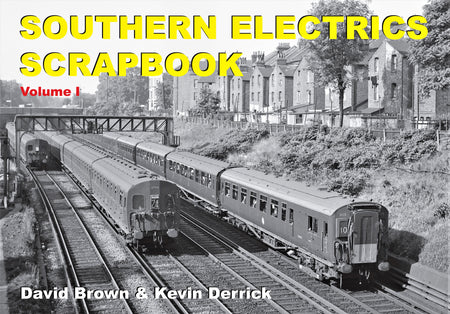
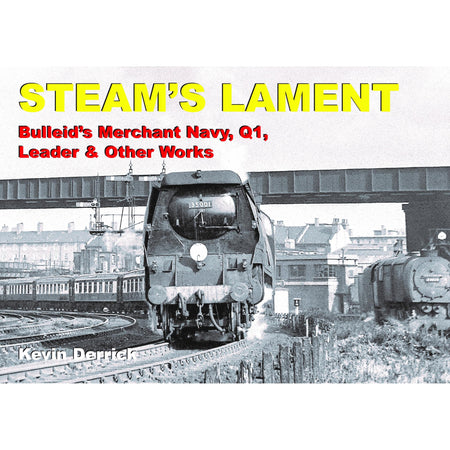
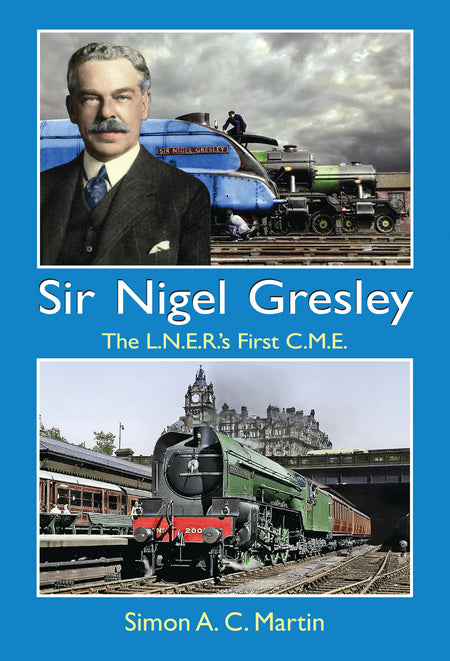
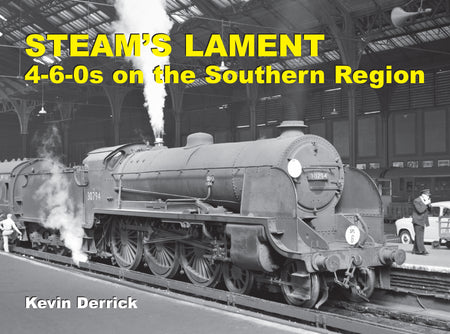
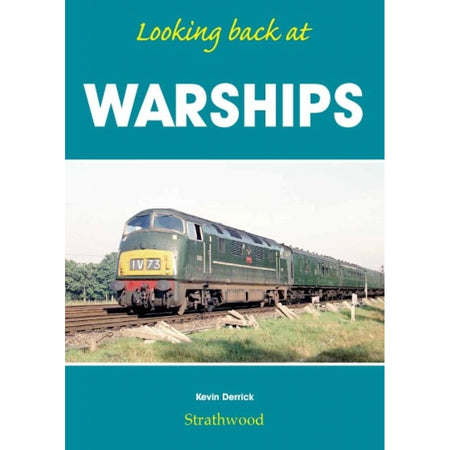
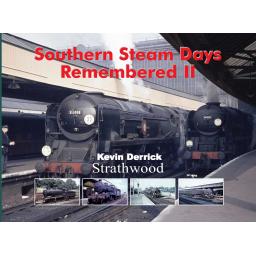

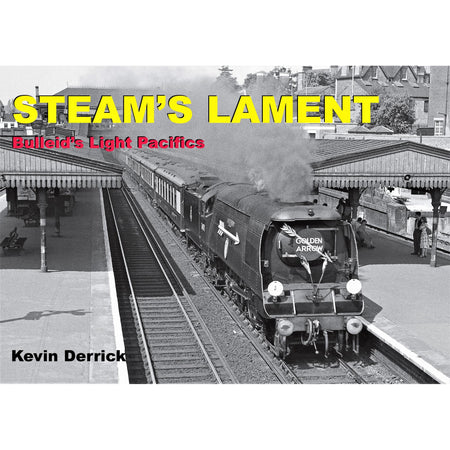
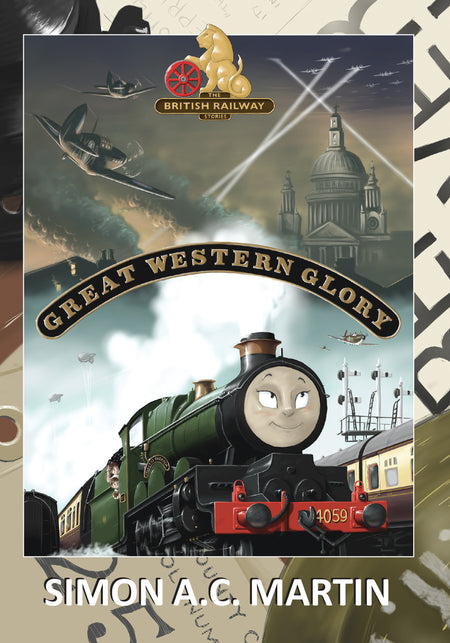
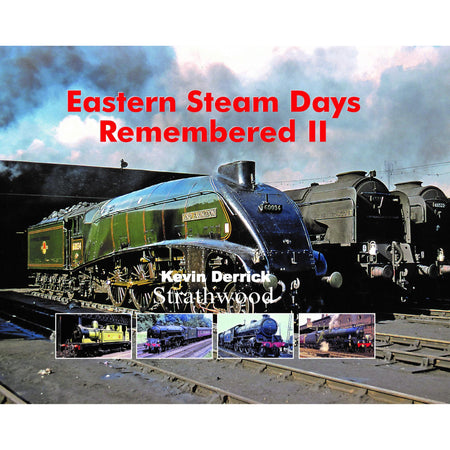
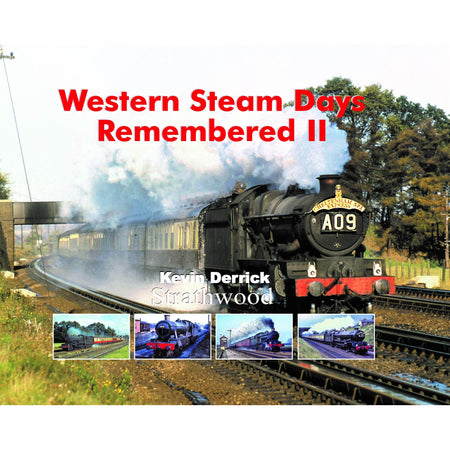


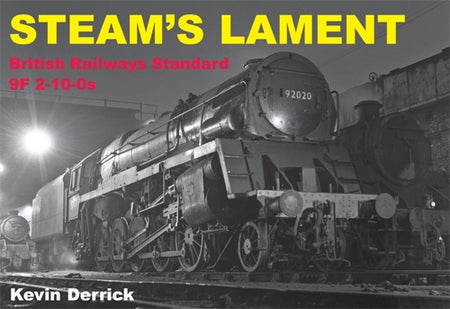

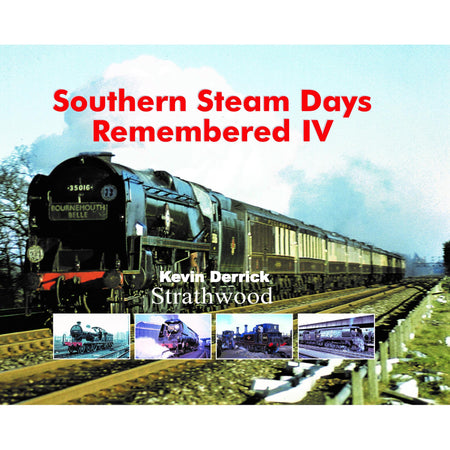
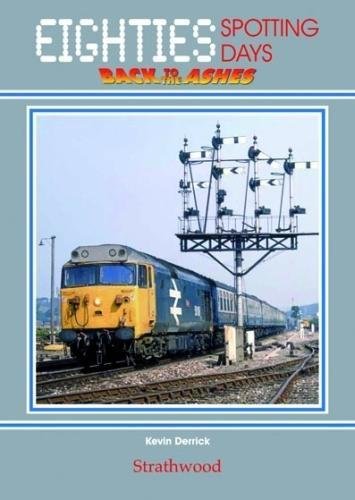
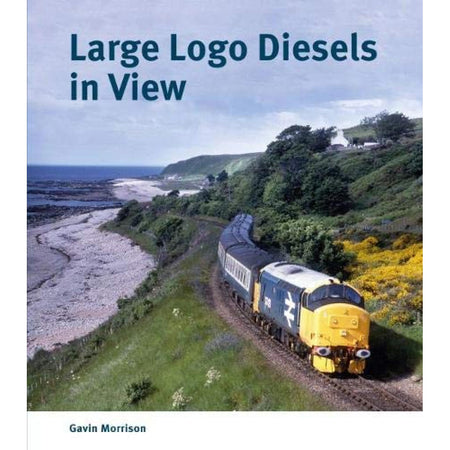

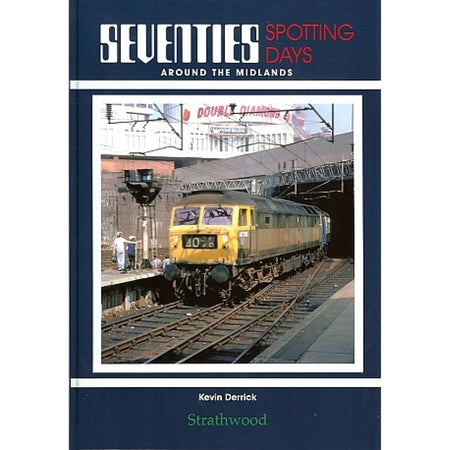
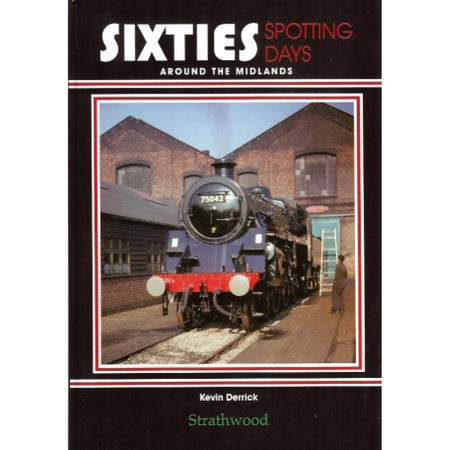
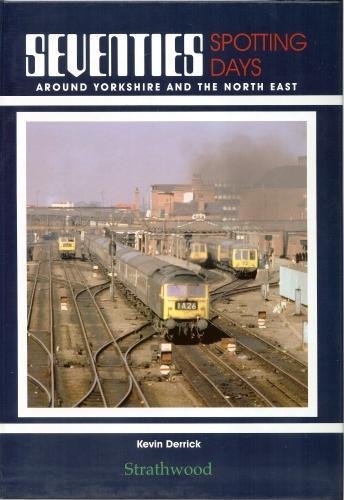
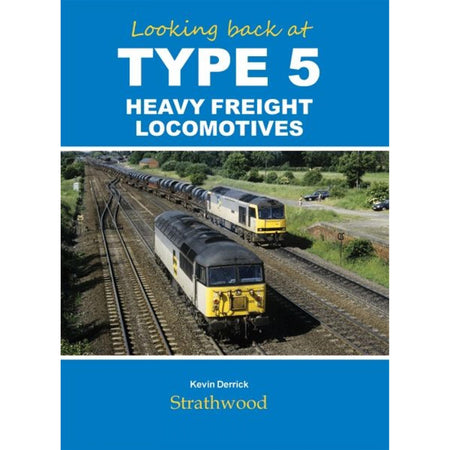




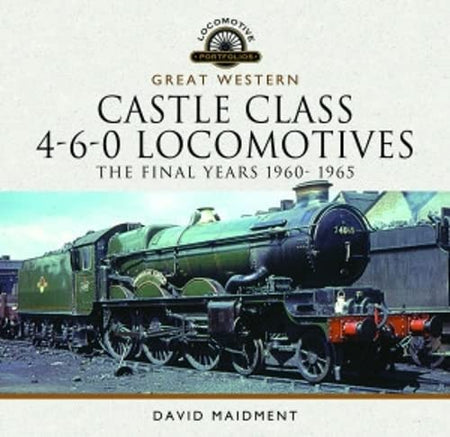
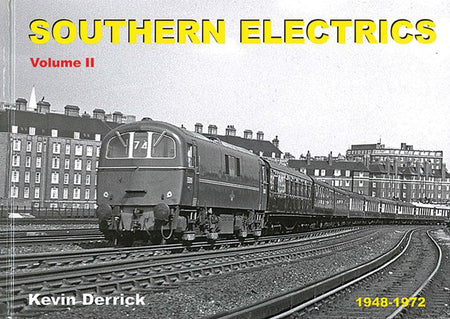




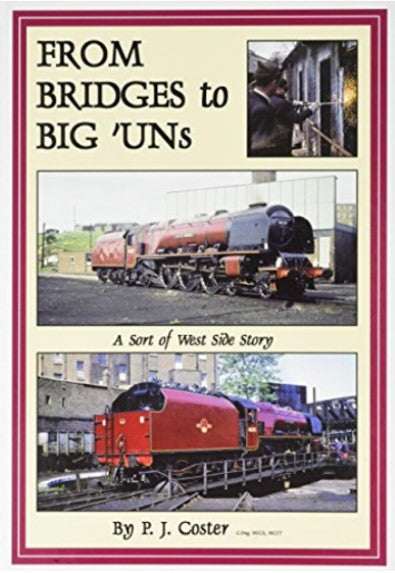

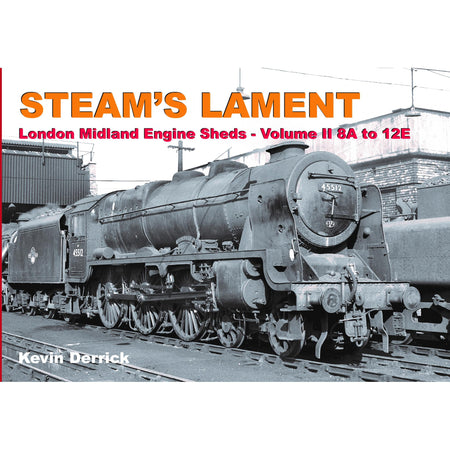
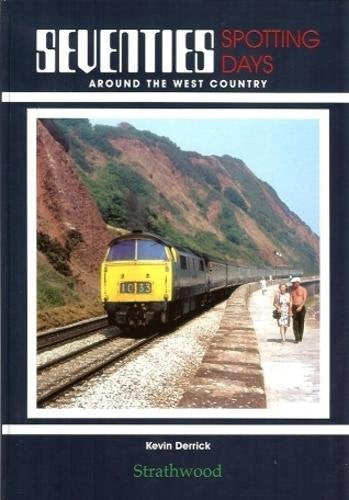
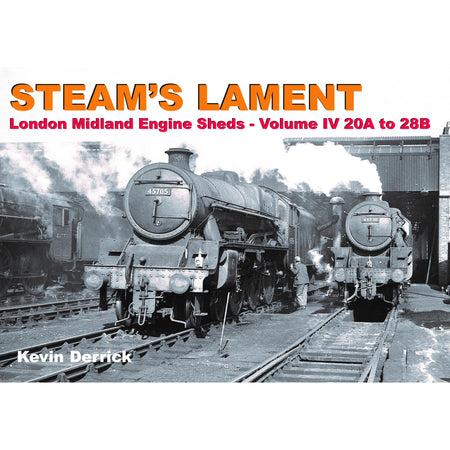
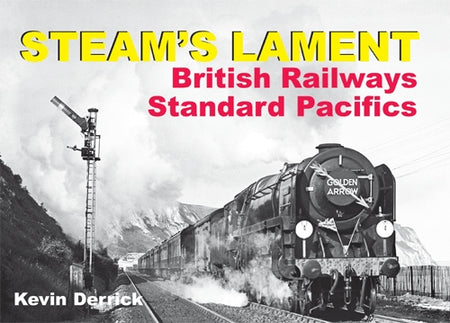
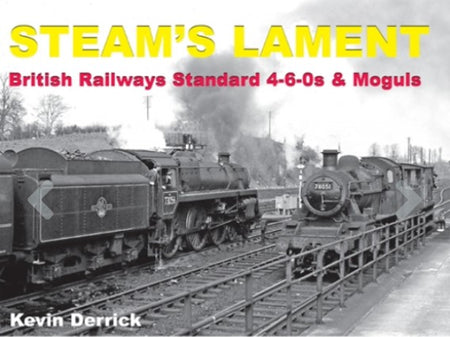


 Find us on Facebook
Find us on Facebook  Find us on Youtube
Find us on Youtube 
